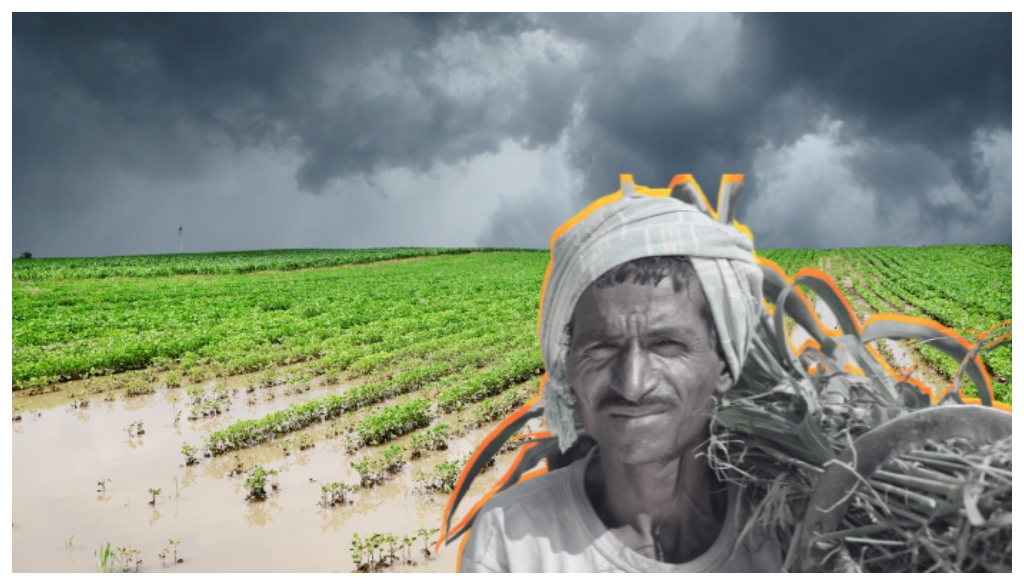
Patna: Farmers across Bihar are growing increasingly anxious as the state battles a 40% deficit in monsoon rainfall this season, threatening both livelihoods and food security.
In Patna’s Punpun area, Rajendra Ravidas explained that June passed without adequate rain, forcing him to irrigate his fields using boring machines. “We get water from boring, but after two days the fields dry up again,” he said. With low water levels, many borings are malfunctioning, pushing irrigation costs to Rs 400 per bigha.
Munna Kumar, also from Punpun, echoed the concern. Supporting a family of 15 through contract farming, he fears reduced rainfall will make borewell irrigation unsustainable. “If the rains keep decreasing, we won’t get enough water. Preparations for sowing paddy seedlings are underway, but irrigation costs will rise,” he said.
According to meteorological data, Bihar has received only 123.5 mm of rainfall so far, whereas it should have seen 201 mm by early July. While Aurangabad, Nawada, and Gaya districts have recorded 20% above average rain, 13 districts including East Champaran, Muzaffarpur, Madhubani, Darbhanga, and Begusarai remain severely rain-deficient.
Weather officials predict continued below-normal rainfall from July 3 to 10, with a possible improvement between July 11 and 17. The state government has activated a diesel subsidy scheme to aid farmers, offering Rs 75 per litre or Rs 750 per acre for irrigation, with a maximum subsidy for eight acres. Farmers growing paddy seedlings and jute crops are eligible for Rs 1,500 per acre for up to two irrigations.
Despite the grim rainfall data, officials remain optimistic about food grain production. The Agriculture Minister announced a forecast of 226.807 lakh metric tonnes for the 2024-25 agricultural year, an increase of 14.73 lakh metric tonnes from last year, attributing it to policy reforms and farmers’ resilience.





